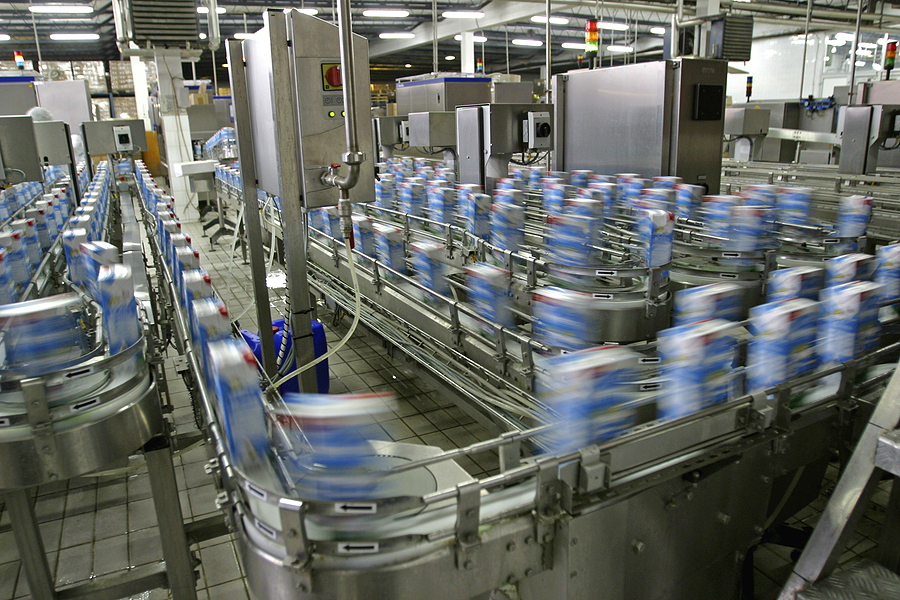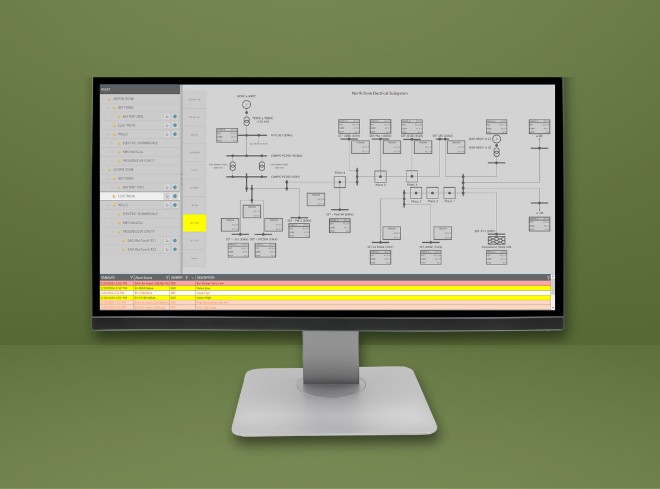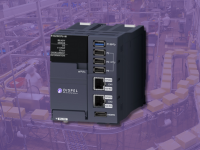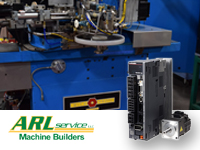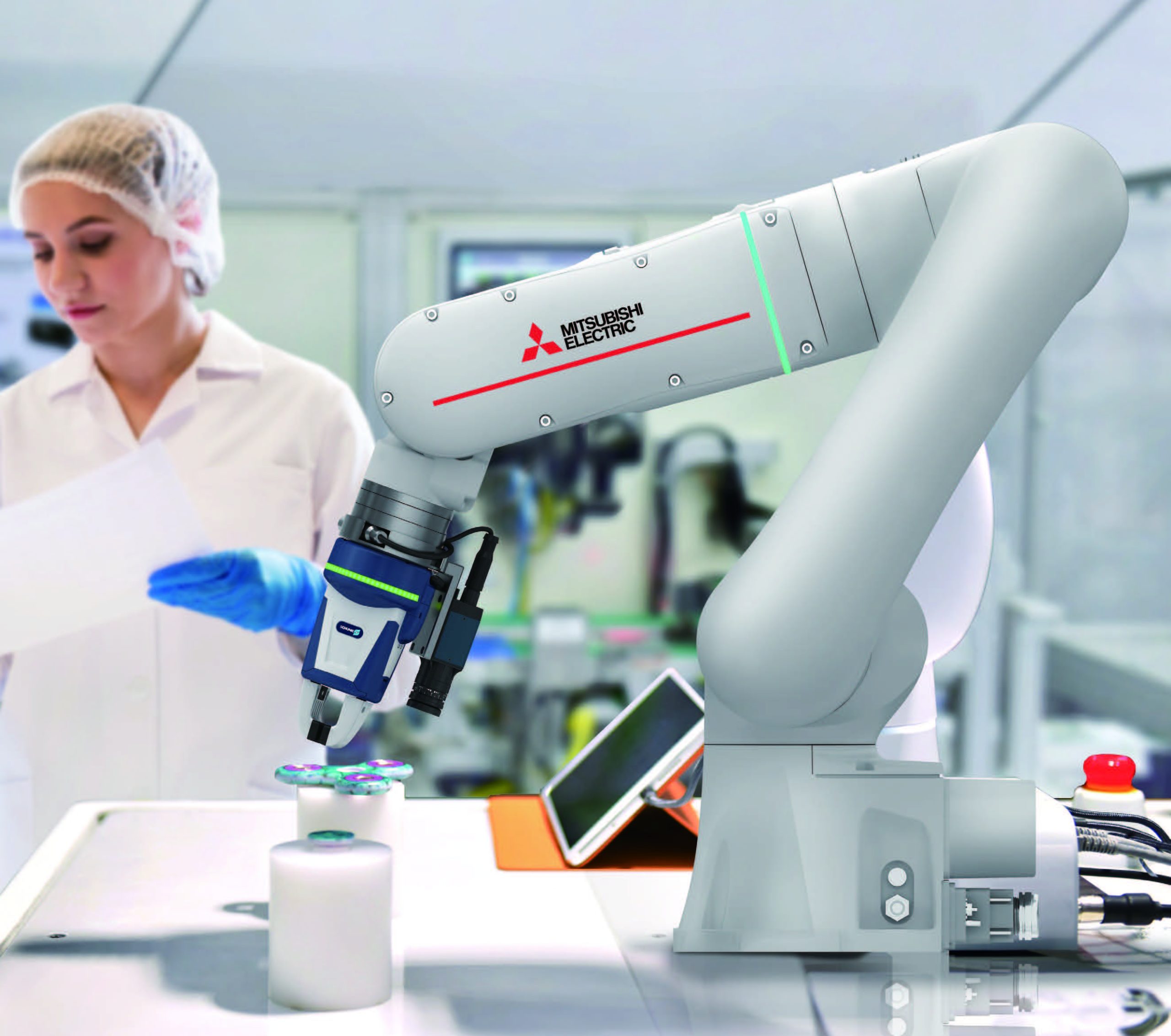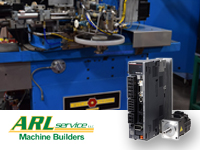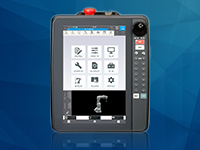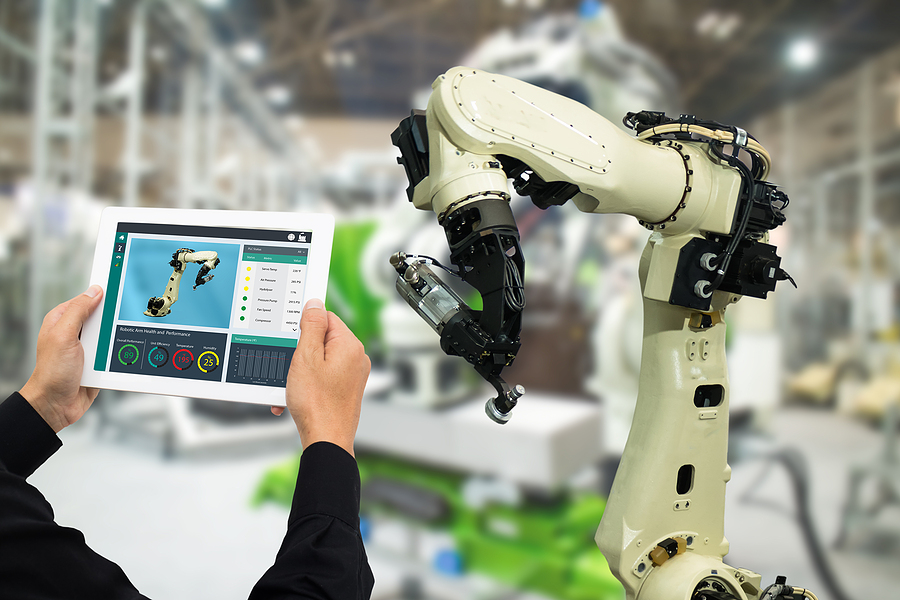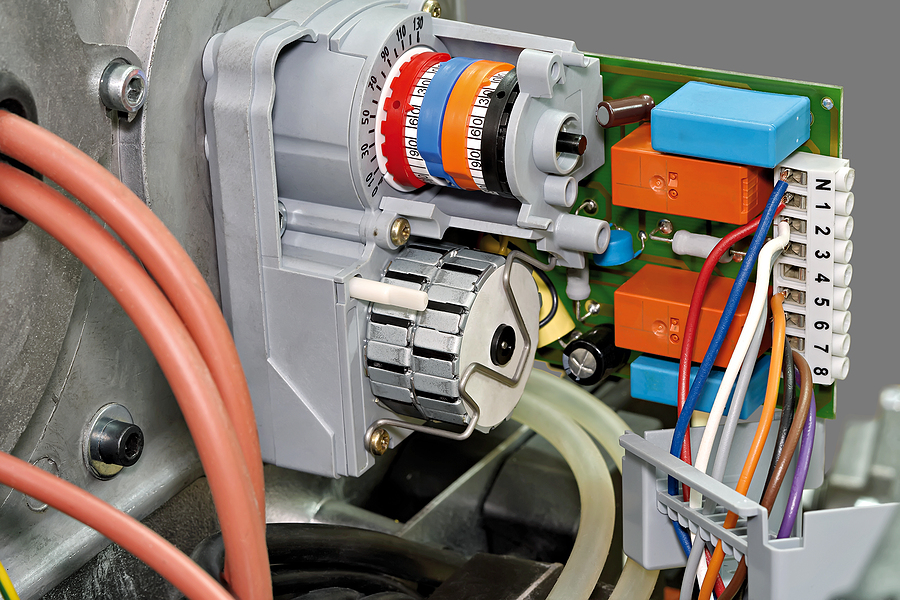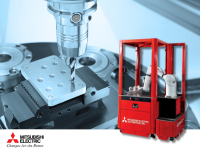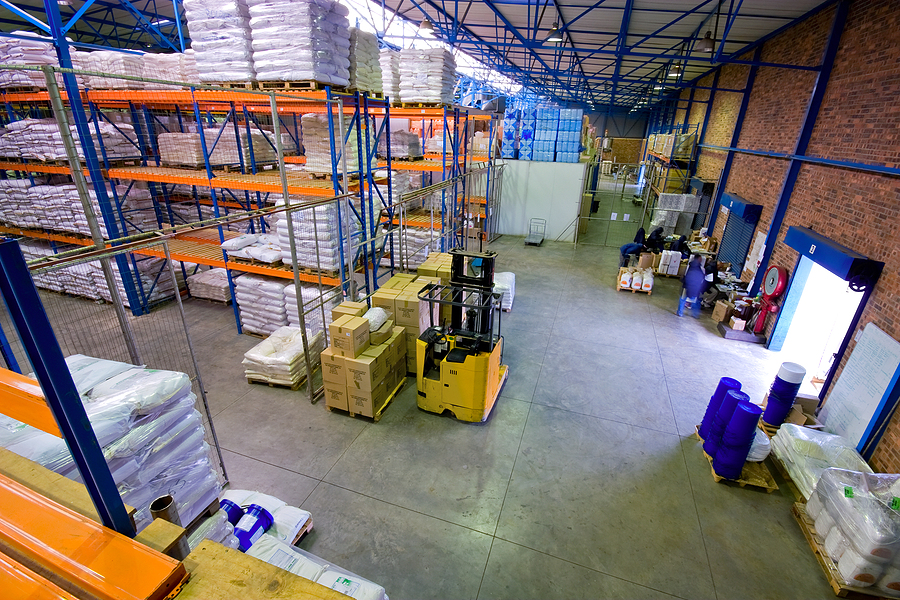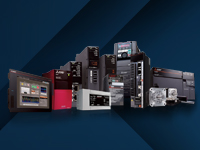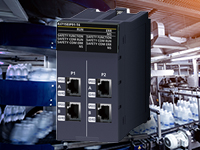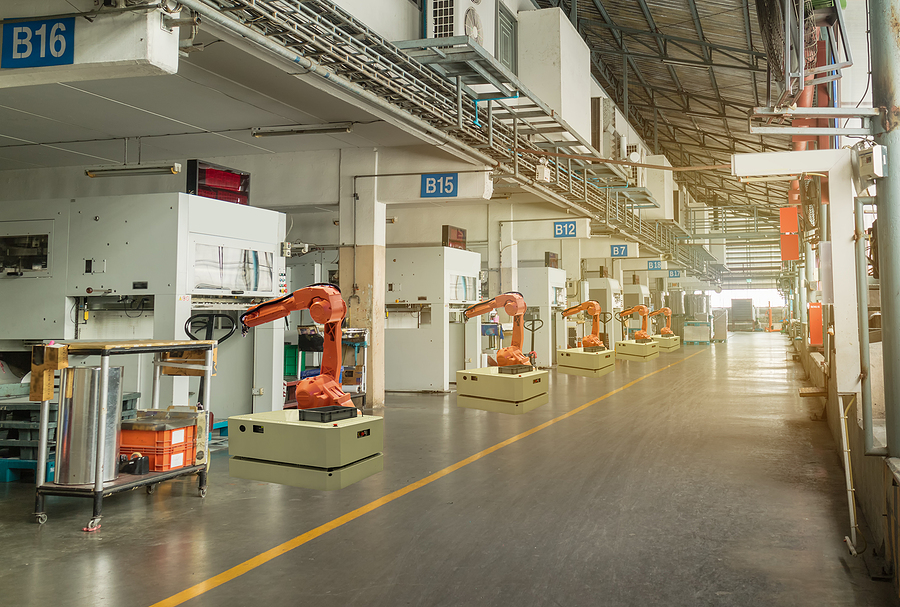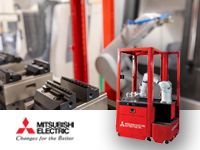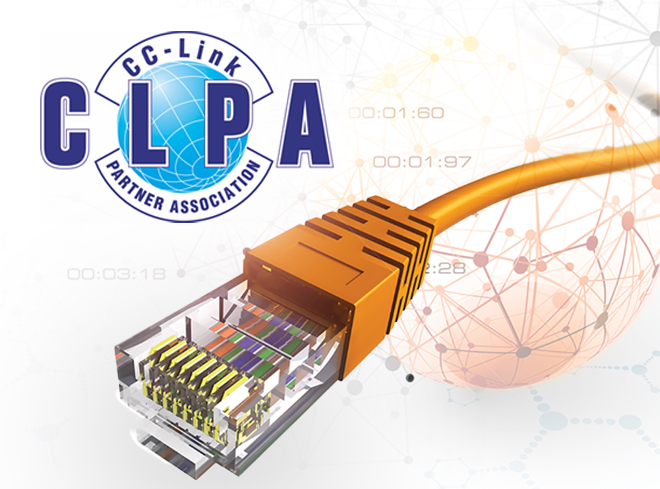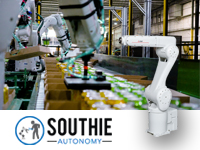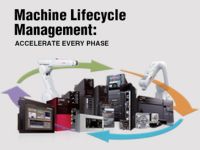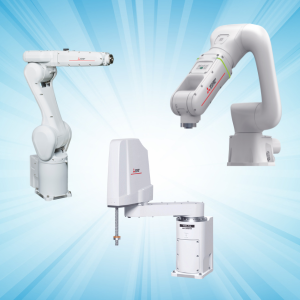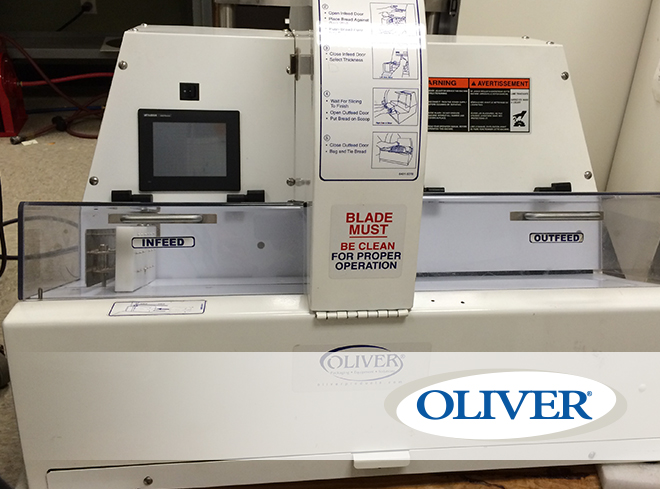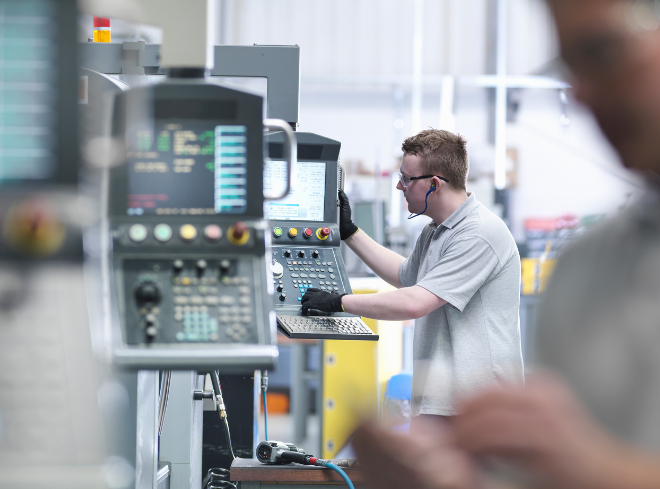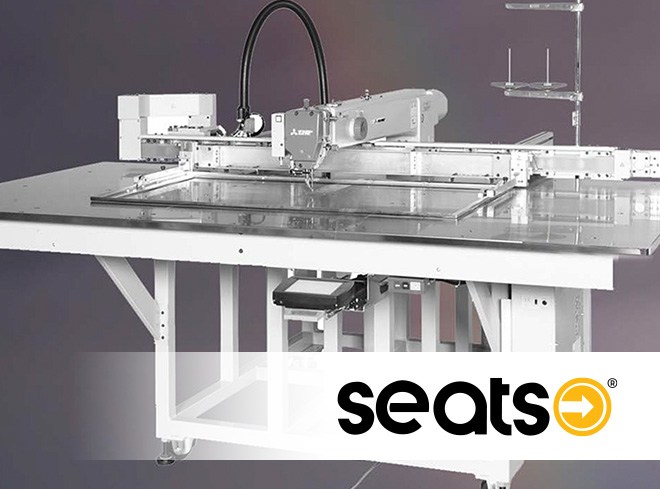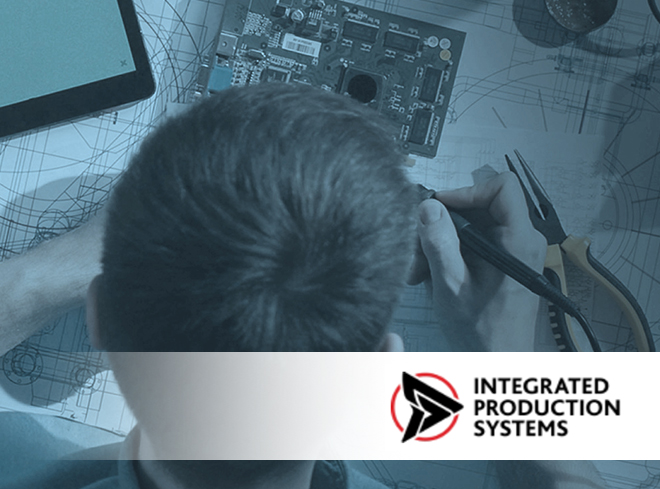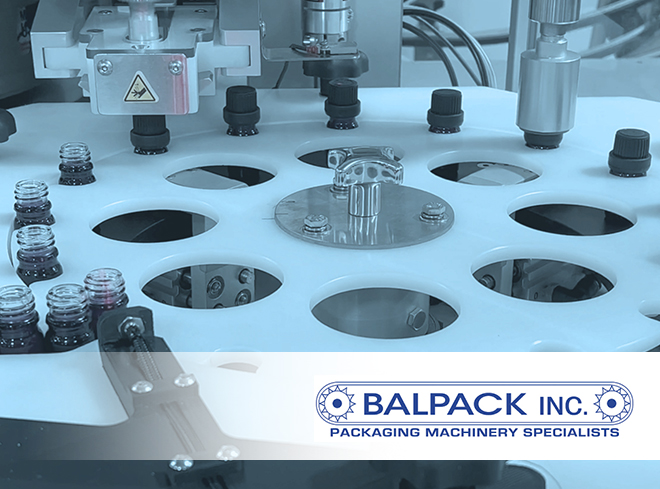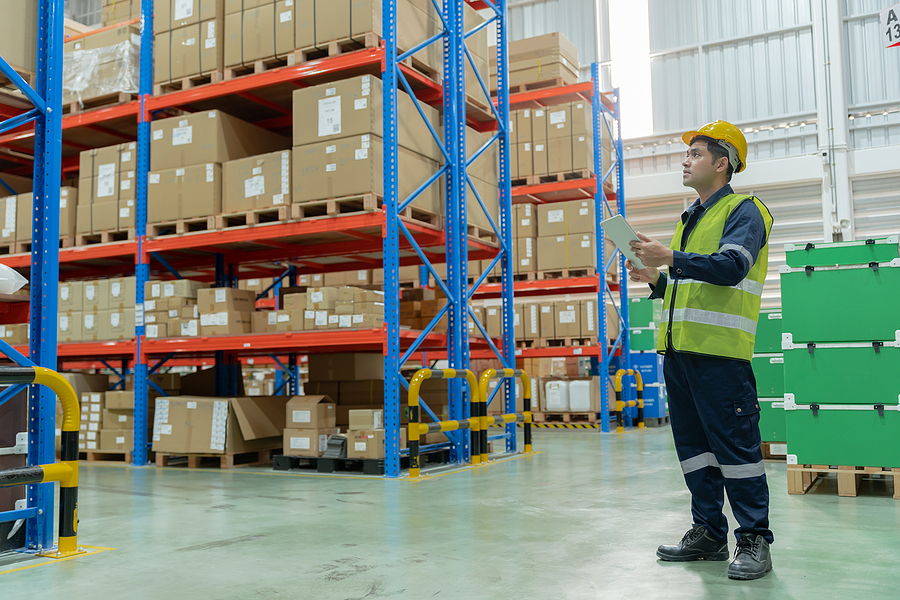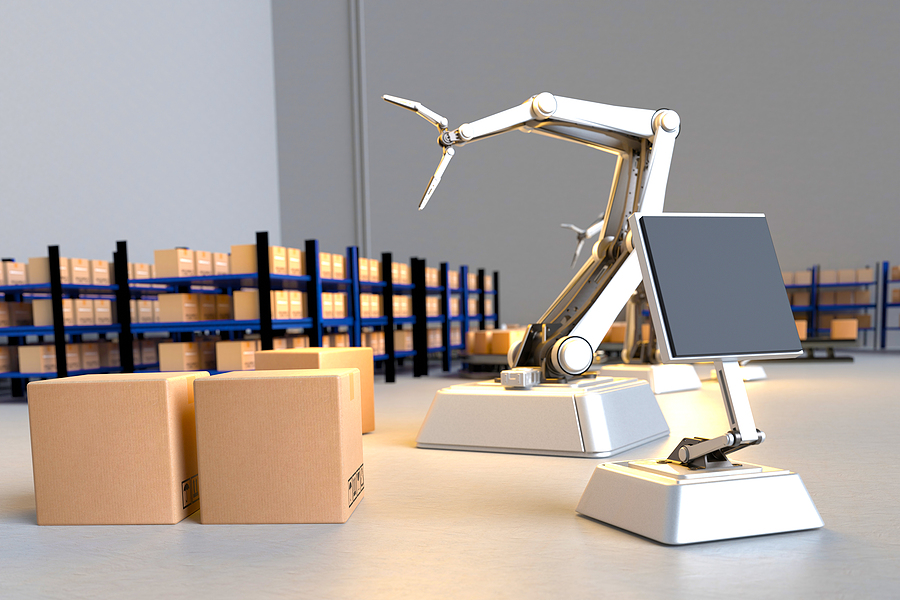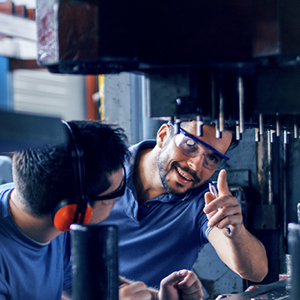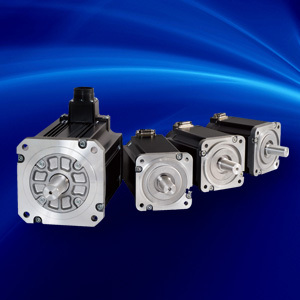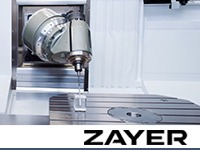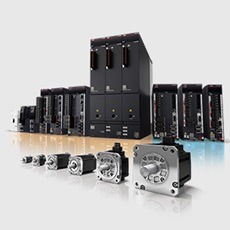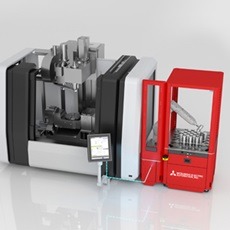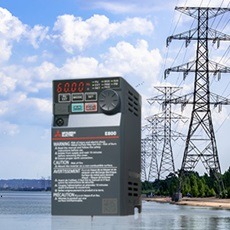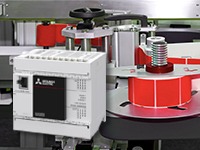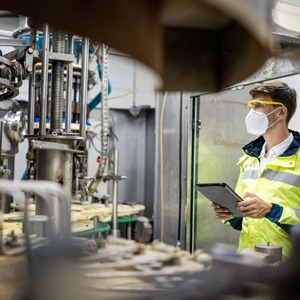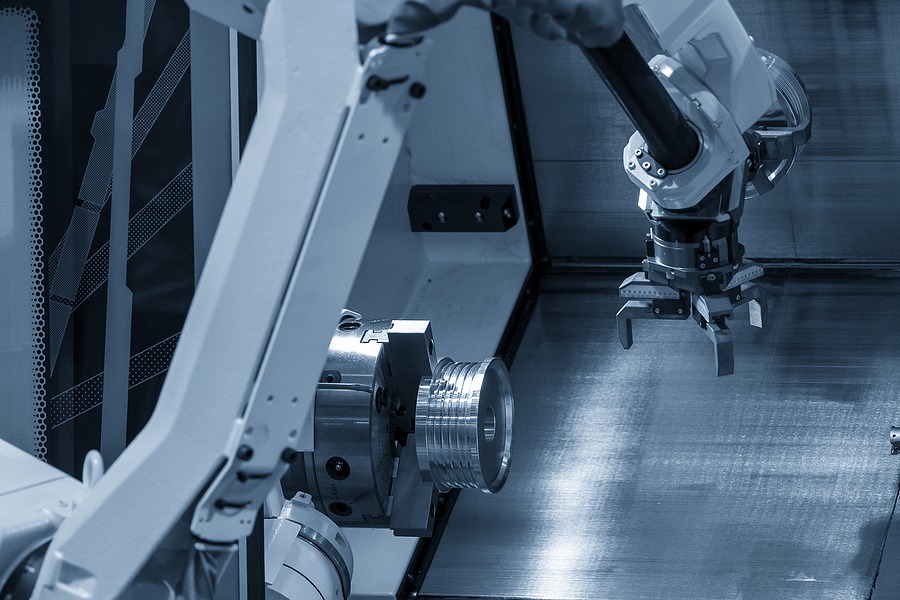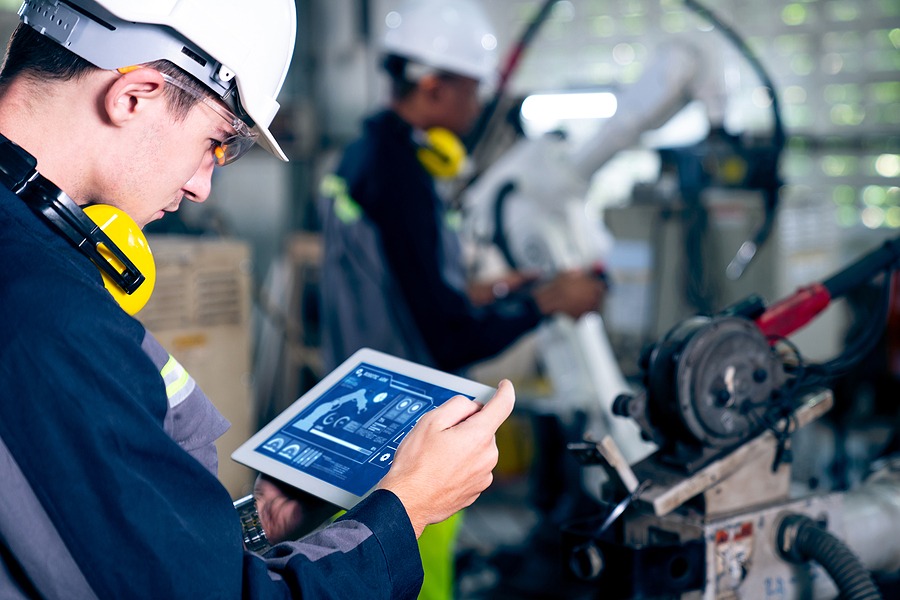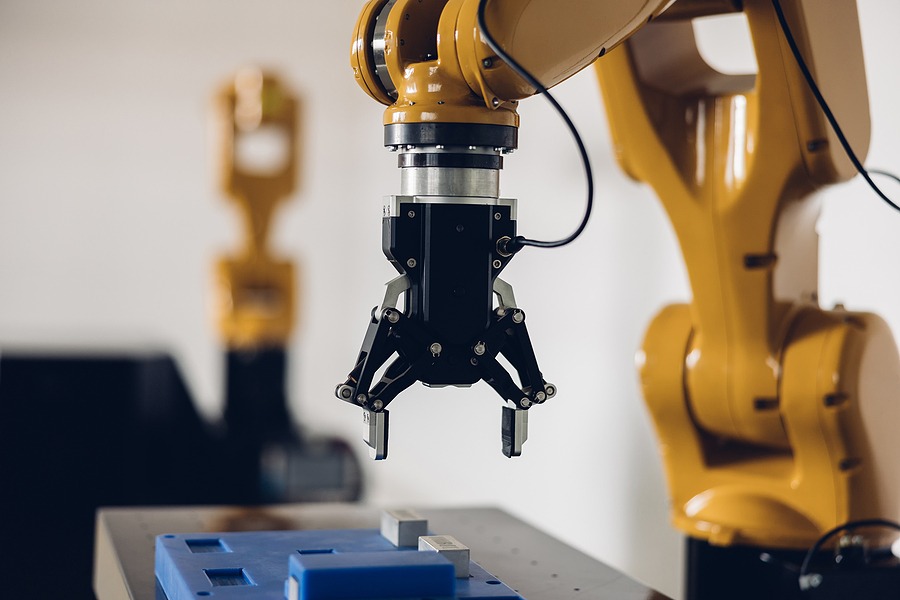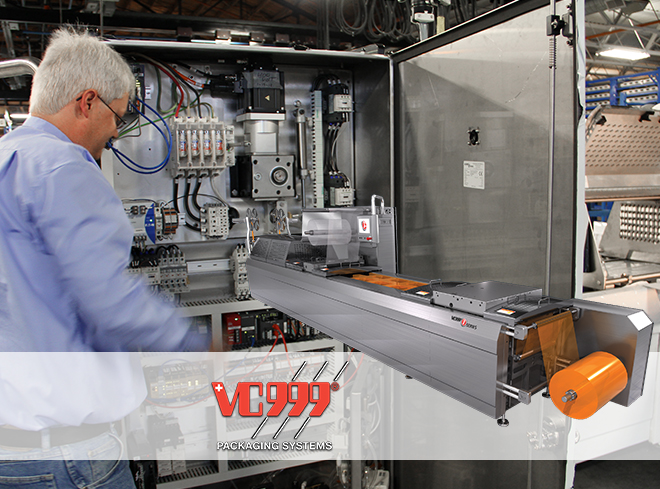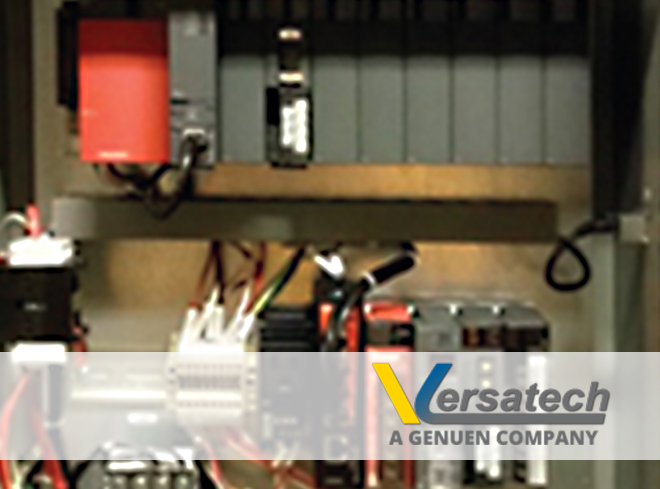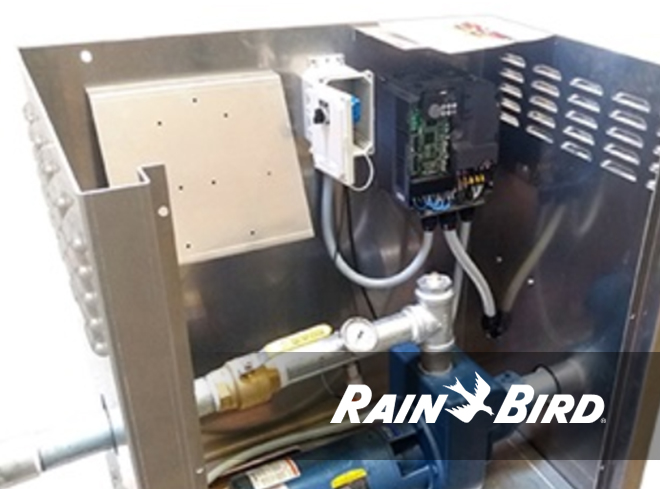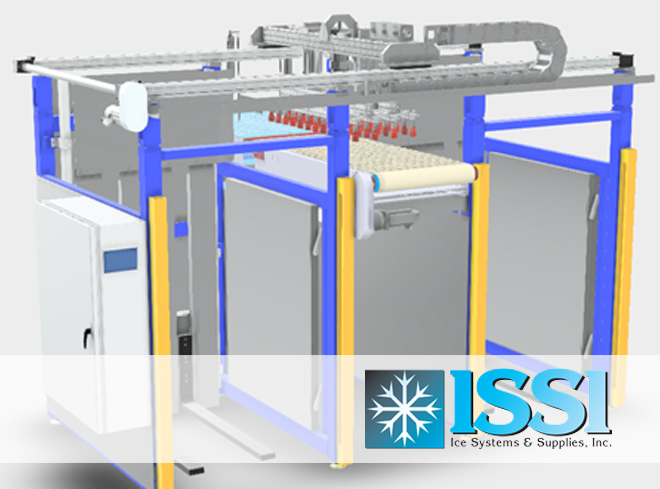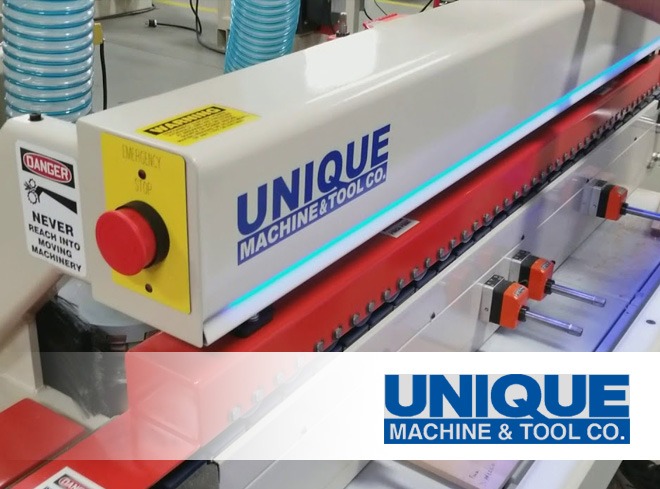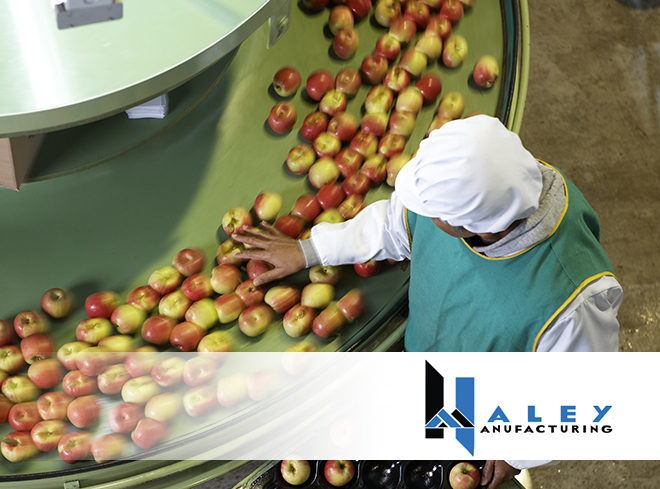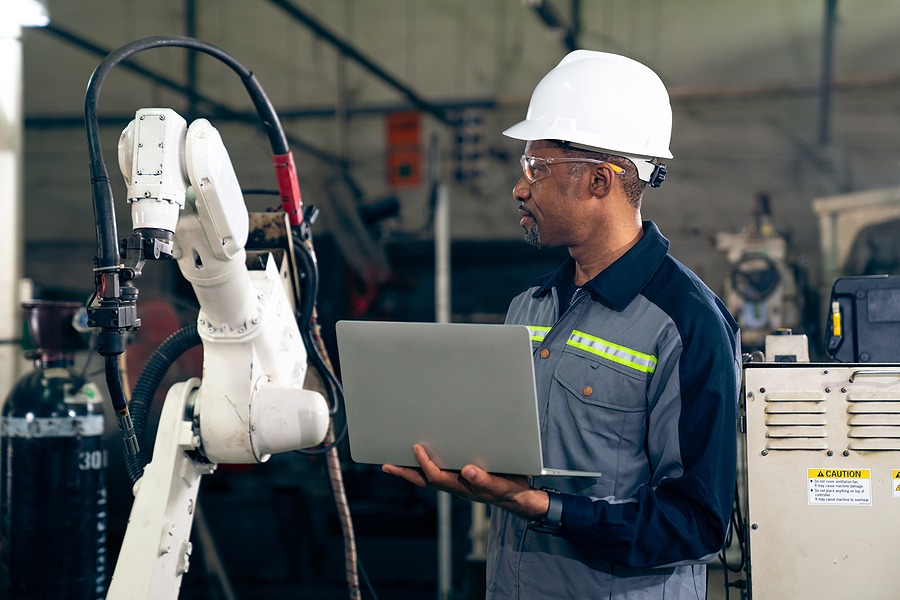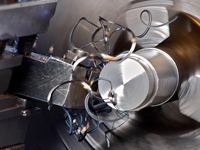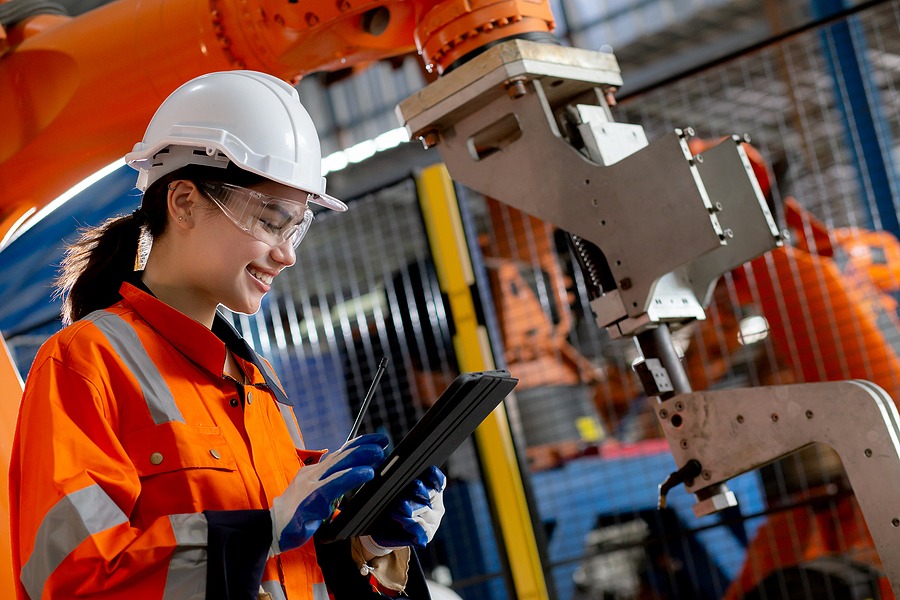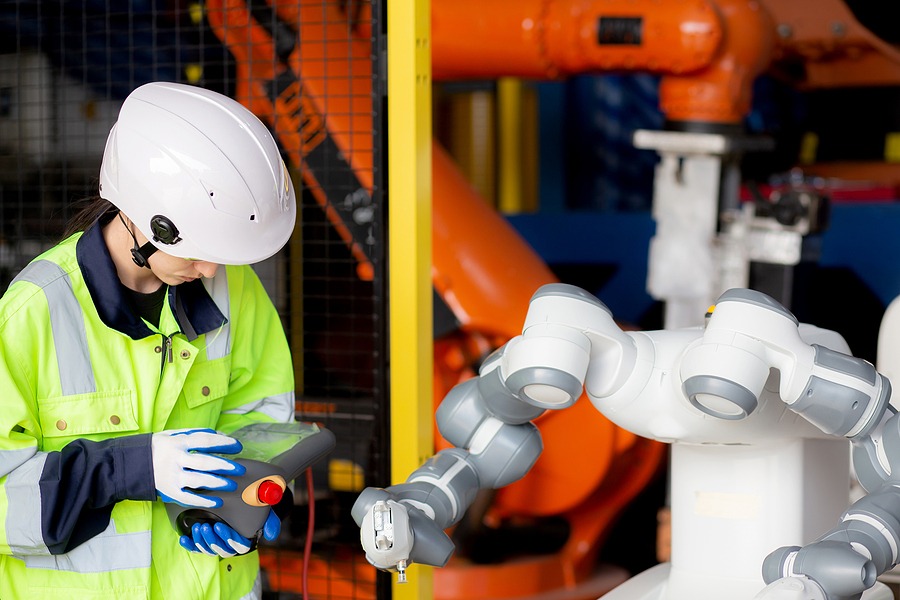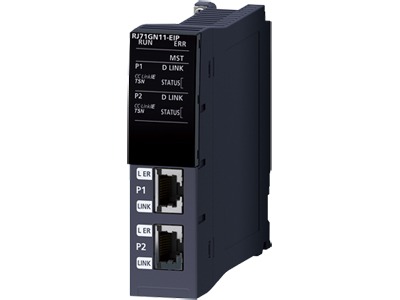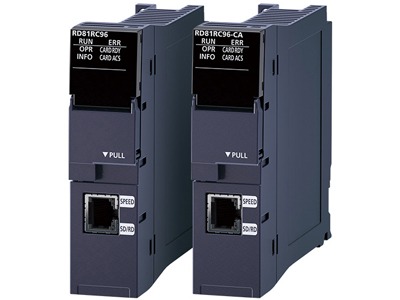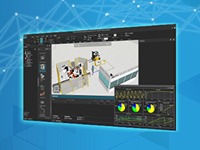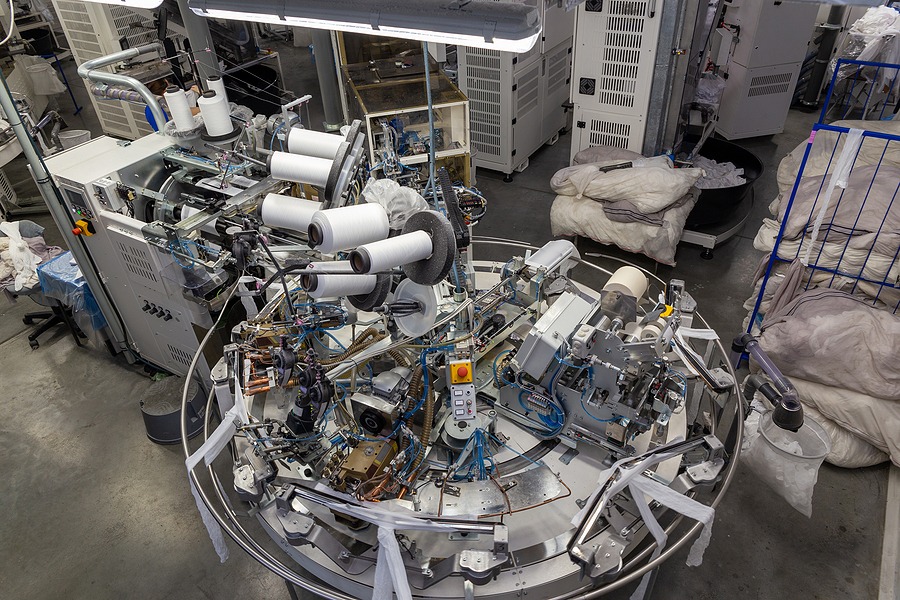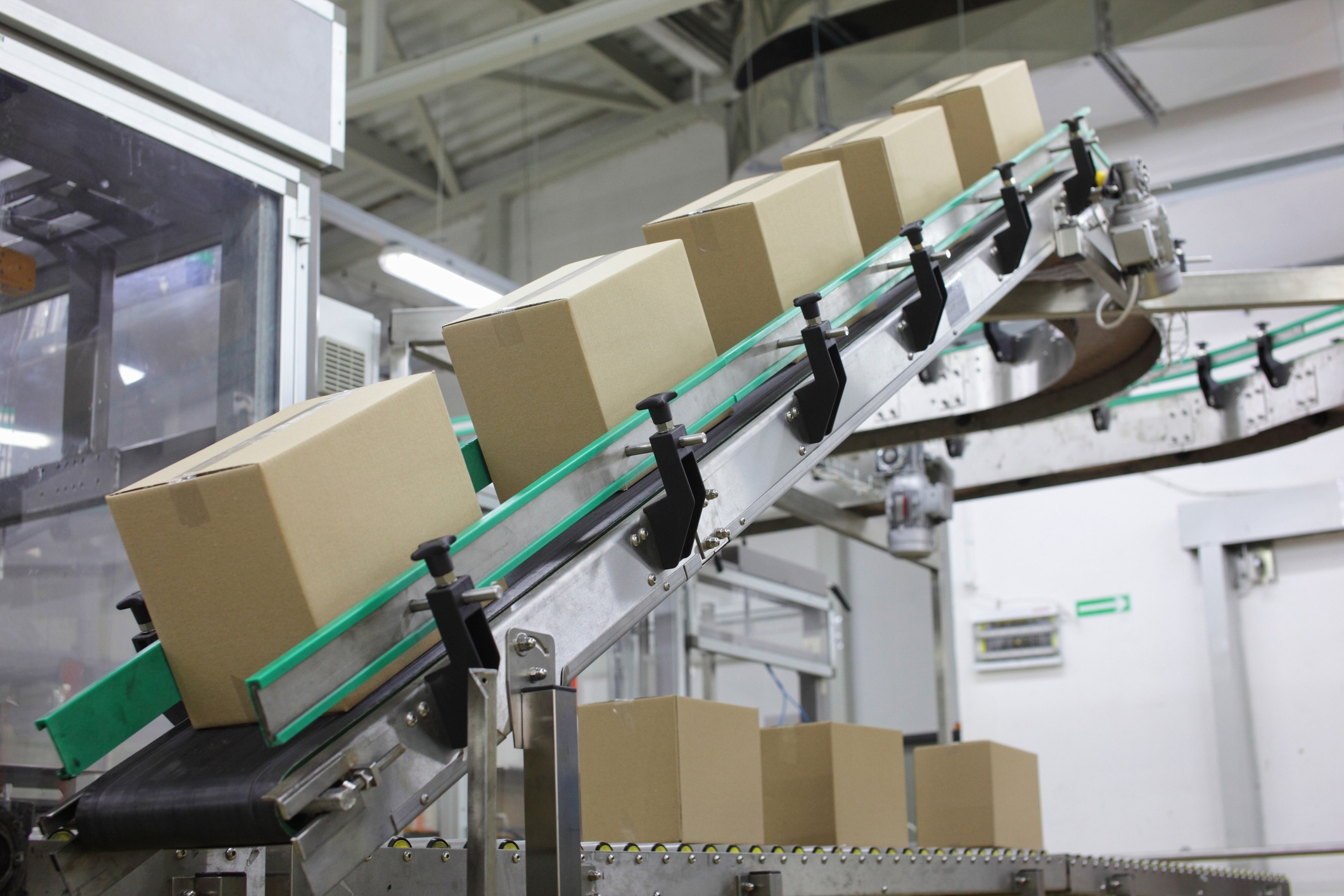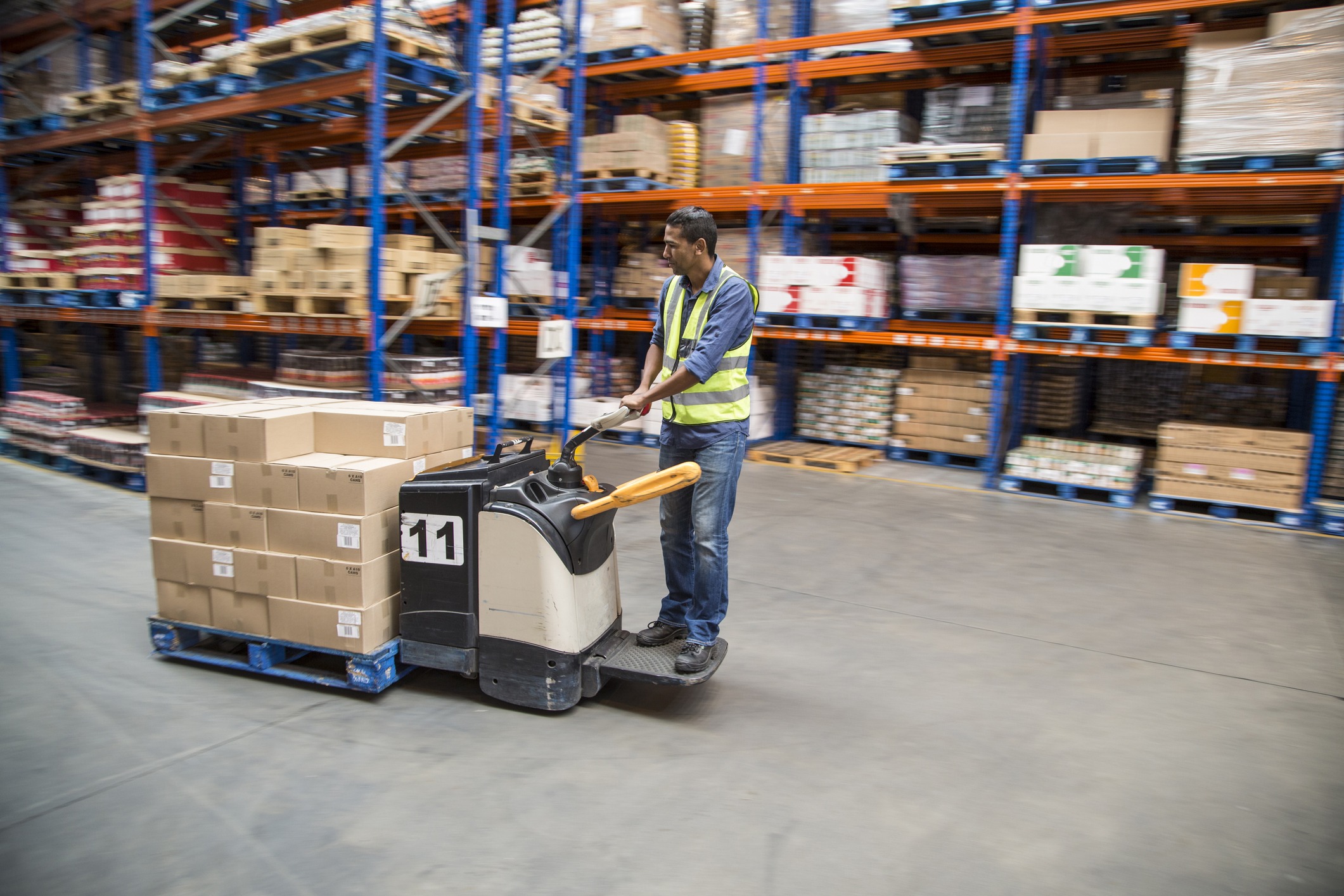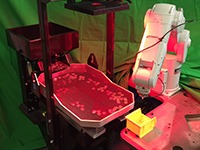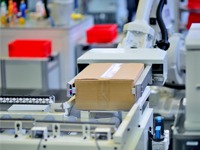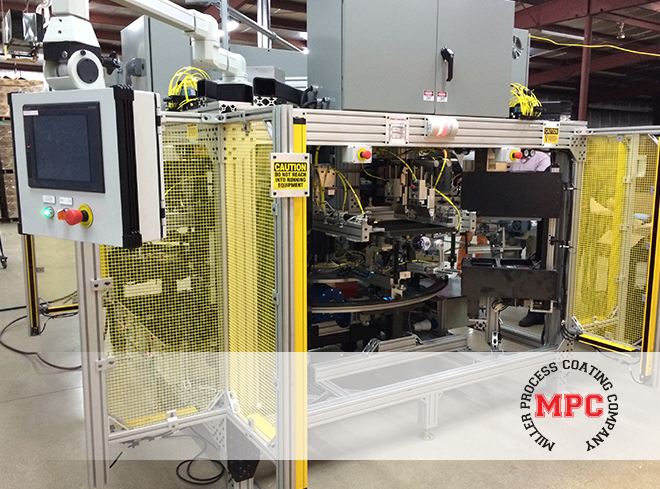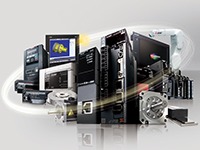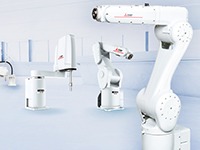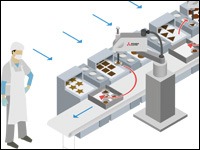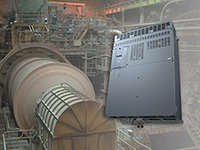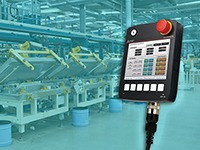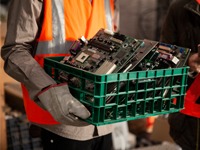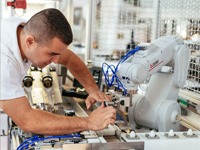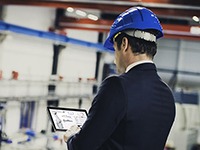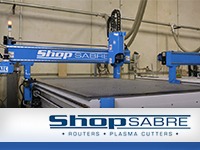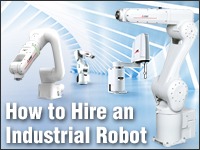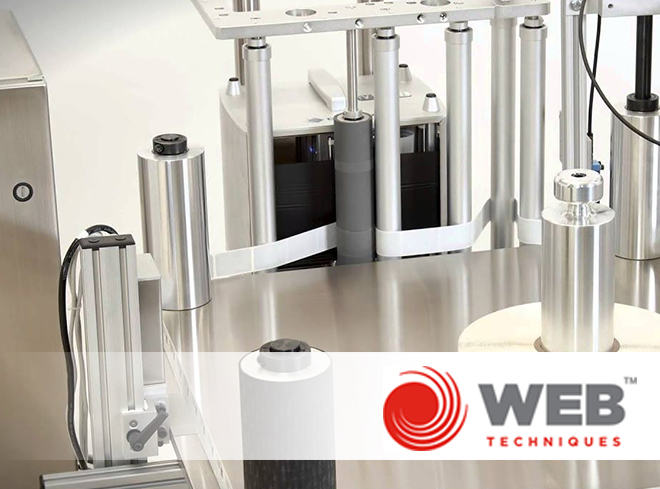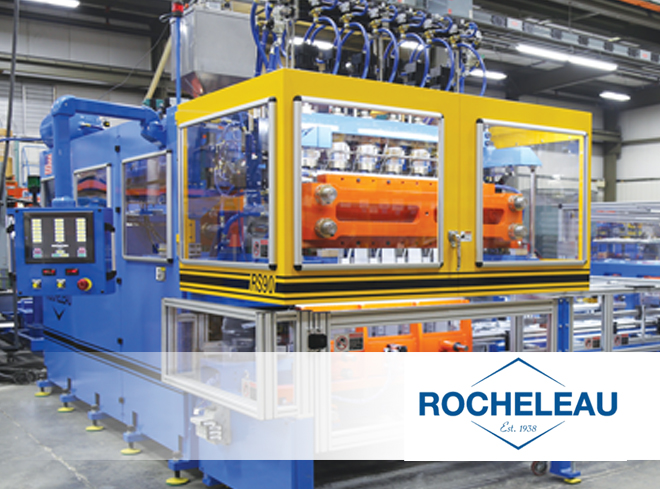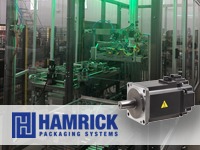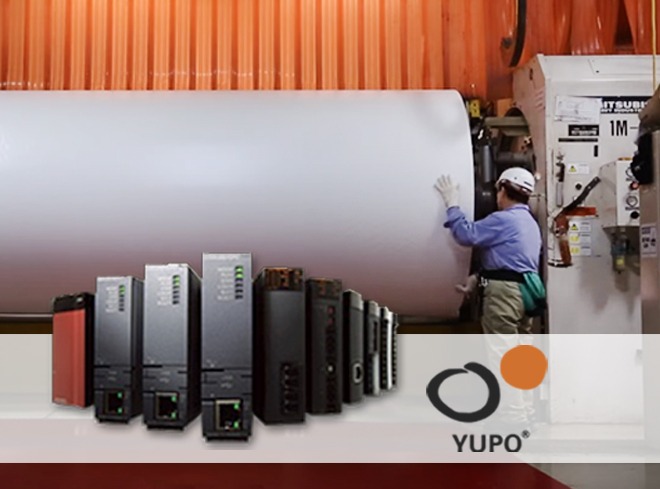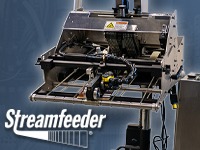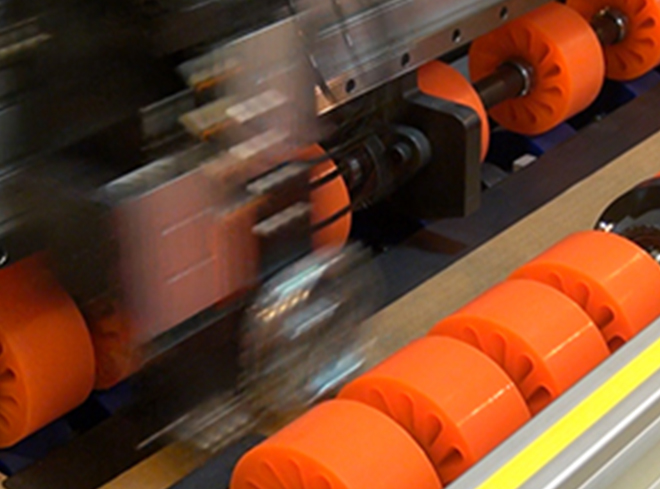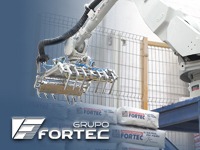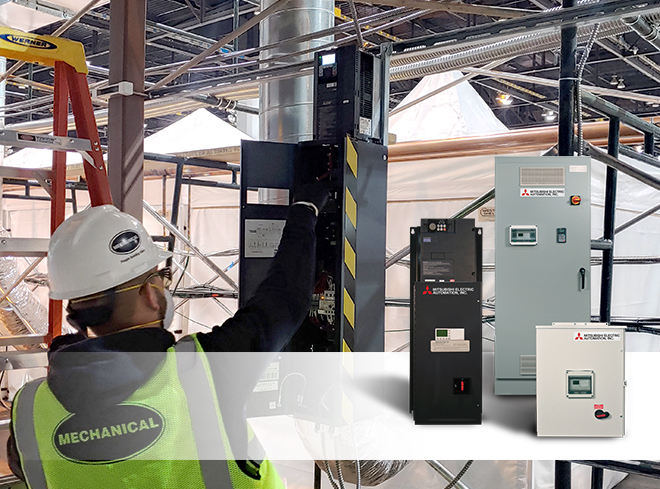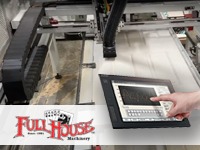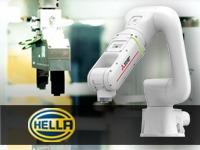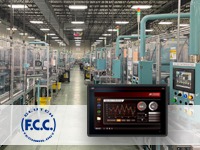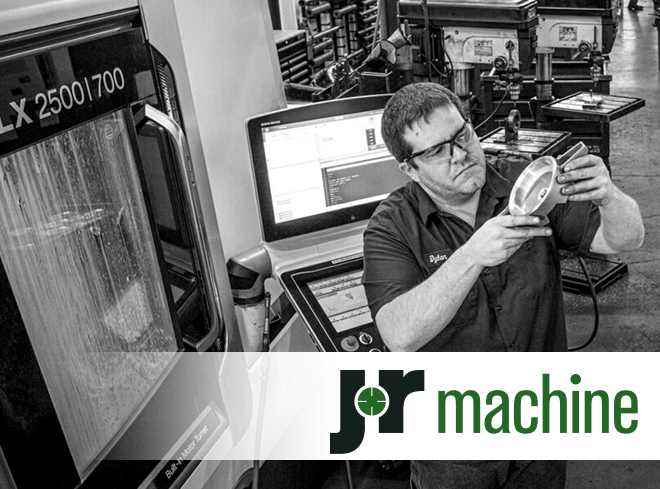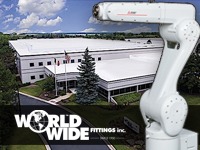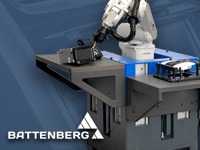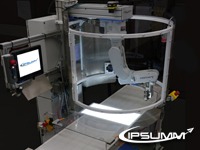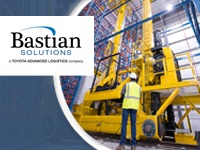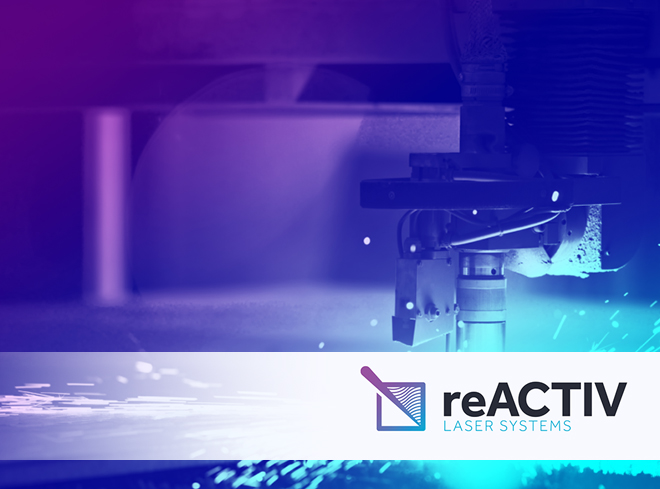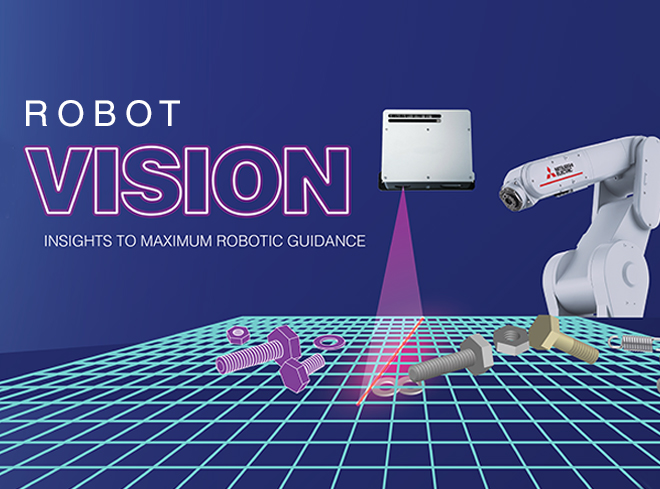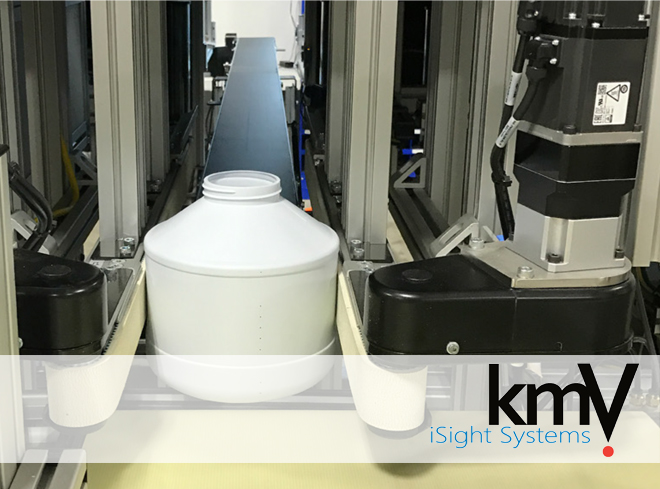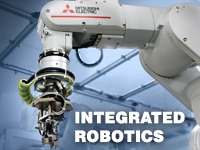
IoT is an acronym for “Internet of Things”, meaning all of the sensors, software, and connectivity that are involved in smart manufacturing.
IoT is short for “Internet of Things,” it’s all of the sensors, software, and network connectivity that work together to share and collect data. It’s a key component in smart manufacturing as it is the key to efficiency, flexibility, and productivity.
What is smart manufacturing? It’s a form of manufacturing that relies on technology to monitor production and analyze the data to optimize production and maintenance.
When you embrace smart manufacturing, you can have machines that analyze production rates, and pay attention to the subtle signs that maintenance will be needed in the next few weeks. Machines do things like automatically update software updates during the slower periods, you keep everything running flawlessly.
Explore the Benefits of Integrating IoT and Smart Manufacturing
When you incorporate factory automation with smart manufacturing, you can do a lot to lower your emissions, have less scrap and waste, heighten safety, reduce downtime, and get orders filled faster to match increasing demand from your customers and consumers. Take a closer look at the different benefits.
Reduced Costs
When you integrate IoT in factory automation, one of the first benefits you’ll experience is reduced costs. Your employees program the equipment to be precise in everything it tackles. Because it’s precise, you’re not going to deal with human error and a lot of scrapped products.
Scrap increases your costs because you have to purchase extra raw materials. You spend more time running the product a second time, you have wasted product, and you have extra hours needed, often paid as overtime, while your workers get an overdue order completed.
You also reduce costs because you’re using less power. Newer machines are going to be a bit more energy efficient than your current equipment, especially if your current machines are decades old. Plus, factory automation may rely on robotics. Robots do not need the same creature comforts as human employees. Smart machines can work in the dark, don’t need heat, and they don’t require vacations and lunch or dinner breaks.
Better Quality Control
You avoid human error and aspects like vibrations that change a machine’s alignment or focus. Because older machines can be prey to changes from vibrating equipment or a worker’s lack of attention if the worker is especially tired or feeling ill, there are products where being just a millimeter off could ruin a run.
Many smart machines can use lasers for measurements and cutting materials to the exact sizes. Once cut, robots can move parts to the next area for precision placement, ensuring components go together correctly without even the smallest margin of difference.
Factory automation can self-adjust and ensure measures are precise from start to finish. This plays a part in reducing scrap. It also makes sure your quality is the same from one day to the next.
Enhanced Flexibility
You work in an industry that fluctuates between products. You might have a bottling and canning line where some product goes into cans and others go into bottles, all of varying sizes. Smart manufacturing and IoT factory automation can adapt to the changes without having to shut everything down, reprogram the machines, change the equipment, and start from scratch. That wastes a lot of time each shift. Flexibility increases production and decreases wasted time.
Improved Safety
With machines and computers doing a lot of the heavy lifting, your workers are less likely to strain muscles or get pinned by components leading to serious injuries. You’ll stay in compliance with OSHA safety regulations and avoid having any worker’s compensation insurance claims.
Automation has been found to reduce injuries in the workplace by as much as 72%. If your factory looks at the most dangerous aspects of the production line, you can explore the benefits of changing those areas of your plant to smart machines.
Robotic arms can lift heavier items like spools and keep workers from having to lift them. You can rely on robotics to lift and move pallets instead of having workers navigate a forklift or pallet jack and hope nothing topples.
How Do You Integrate IoT and Smart Manufacturing?
While there are many benefits to IoT and smart manufacturing, there are a few challenges. If you work with an expert in smart manufacturing, you don’t have to worry as much about the challenges like the cost, data management measures, and heightened security. These steps help you integrate IoT into factory automation.
Step 1: Assess Your Current Processes and Inventory
Take a detailed dive into your current equipment, supplies, and processes. Where do things go well and where is there room for improvement? How about safety? Are there measures you could take to heighten safety during the manufacturing process?
IoT collects massive amounts of data to analyze. You need to have a way for all of this data to be stored. If your servers and networking equipment aren’t sufficient, you need to upgrade IT at the same time.
Step 2: Establish a Plan
Once you know where there is room for improvement, establish a plan to put those improvements into action. You have to consider your budget, timeline, and even employee reactions. They may be worried about their jobs, but you can reassure them that they will have the option to upgrade their positions and learn new skills.
Step 3: Start Putting the Plan Into Motion
You’ve established the plan to integrate IoT and smart manufacturing. It’s time to take the steps to put your plan into action. You want to work with an expert in factory automation. They’ll help you choose the right equipment, software, and other necessary frameworks to get started.
Step 4: Get Started, Assess, and Make Changes
Once the equipment, software, and systems are in place, you’ll be ready to get started, but your work isn’t done. You have to keep assessing how well the changes are working. You may need a lot of tweaking to get everything right. Expect to make changes along the way.
Be patient with your workers, too. They are going to have to adjust to the new equipment and systems, too, so give them time to learn how to work fluidly and comfortably with the equipment.
The integration of IoT in smart manufacturing does take time and careful planning, but it’s going to help in so many ways. You stop waste and get orders out faster than you have before. There’s also a large reduction in workplace accidents as robotics and automation are carefully programmed to work together without error.
Talk to Mitsubishi Electric about factory automation and smart manufacturing. Our team is happy to answer additional questions and help you determine the best steps to take when upgrading your factory to be a smart production plant.
Work with Us and Succeed
We love our customers and the challenges they bring to us. We also like to let our customers shine by discussing how we worked together to solve their biggest challenges. If you have a challenge that needs to be solved and would like to be our next BIG success story, reach out to us and let’s connect!

